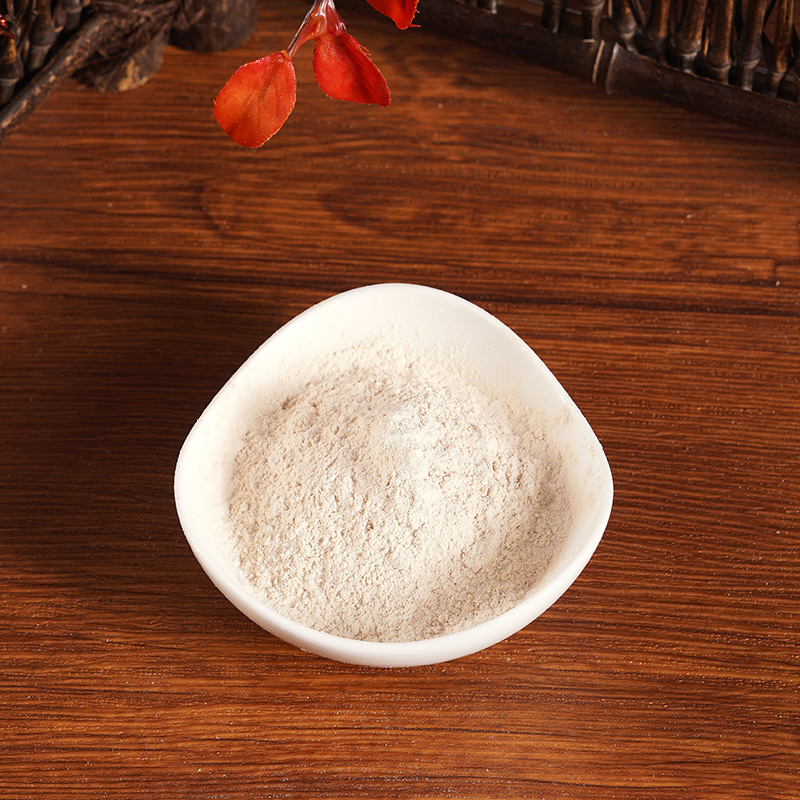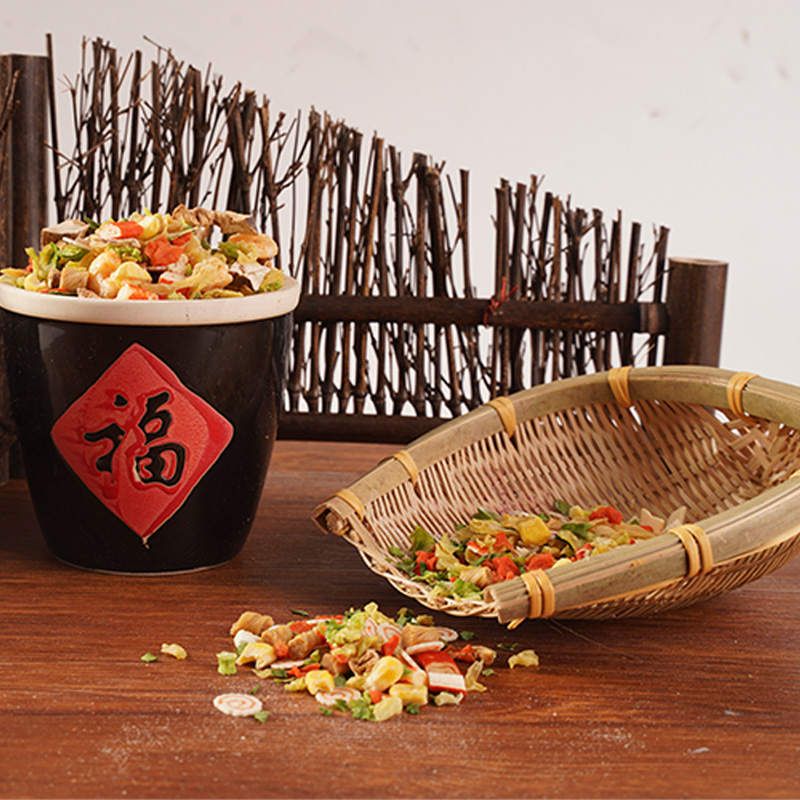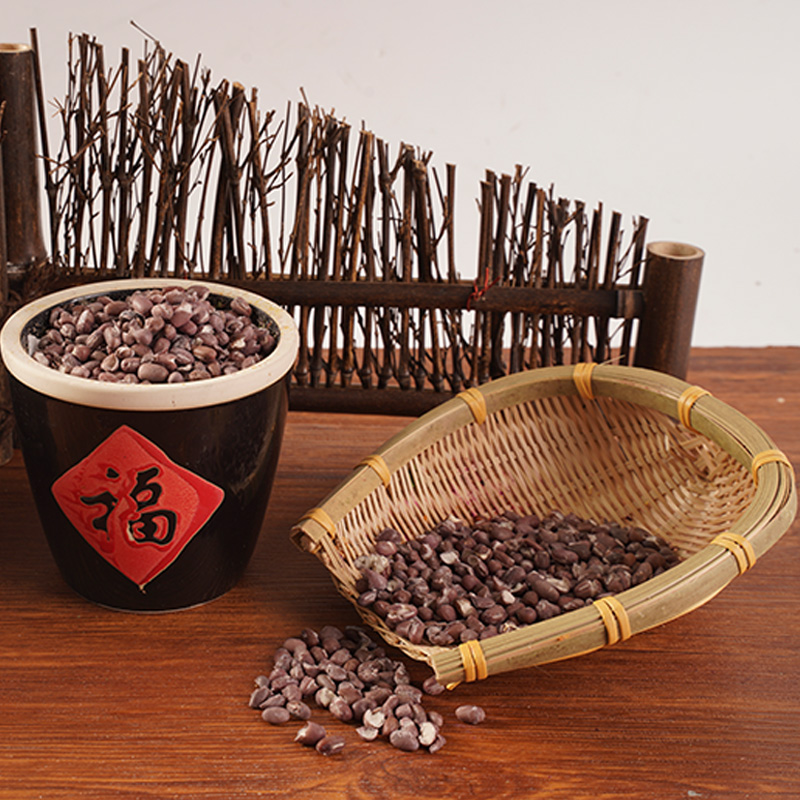Can Dehydrated Vegetables Help Reduce Food Waste at Home?
Food waste is a significant global challenge, with households being a major contributor. A substantial portion of fresh produce purchased is often discarded due to spoilage before it can be consumed. In the search for practical solutions, the use of dehydrated vegetables is gaining attention for its potential to extend the shelf life of produce dramatically.
Understanding Dehydrated Vegetables and the Waste Reduction Principle
Dehydrated vegetables are simply fresh vegetables that have had the majority of their water content removed through controlled drying processes. Water is essential for the microbial growth and enzymatic reactions that cause spoilage. By reducing the water activity, dehydration effectively preserves the vegetables, allowing them to be stored for months or even years without refrigeration.
The direct link to waste reduction is clear: vegetables that are dehydrated at their peak freshness do not spoil quickly. This provides households with a much longer timeframe to use them, eliminating the urgency to consume fresh produce before it wilts, rots, or decays.
Types and Methods for Home Use
There are several ways to incorporate dehydrated vegetables into a home kitchen to combat waste.
1. Commercially Available Dehydrated Vegetables:
These are widely available and include products like:
-
Diced/Cubed: Such as carrots, celery, and bell peppers, ideal for soups, stews, and stocks.
-
Flakes/Powders: Including onions, garlic, tomatoes, and spinach, used for seasoning, dips, and smoothies.
-
Slices/Chips: Such as kale, beetroot, and zucchini, which can be eaten as snacks or rehydrated.
2. Home Dehydration:
Homeowners can dehydrate surplus fresh vegetables using:
-
Electric Dehydrators: These appliances provide controlled temperature and air circulation for consistent results.
-
Ovens: A conventional oven set to a low temperature can be used, though it is less energy-efficient for this purpose.
Suitable vegetables for home dehydration include onions, carrots, mushrooms, tomatoes, peppers, and herbs. The process typically involves washing, slicing uniformly, and then drying until brittle.
Application: Integrating Dehydrated Vegetables into Daily Cooking
The utility of dehydrated vegetables is key to their role in waste reduction. They are not a mere replacement but a versatile ingredient with specific advantages.
-
Meal Preparation: Their long shelf life makes them excellent for planning meals in advance without concern for rapid spoilage.
-
Space Saving: Dehydrated vegetables take up significantly less storage space than fresh or frozen varieties.
-
Convenience: They require no washing or chopping, speeding up cooking times for dishes like sauces, broths, and casseroles.
-
Using Seasonal Gluts: Home dehydration allows for the preservation of an abundance of seasonal vegetables from a garden or market purchase, capturing their nutritional value and flavor for later use.
Objective Comparison: Dehydrated vs. Fresh and Frozen Vegetables
A balanced view is essential. The following table provides a factual comparison.
| Aspect | Fresh Vegetables | Dehydrated Vegetables | Frozen Vegetables |
|---|---|---|---|
| Shelf Life | Short (days to weeks) | Very long (months to years) | Long (months) |
| Nutritional Content | High in water-soluble vitamins (e.g., Vitamin C, B vitamins) if very fresh. | Some loss of heat-sensitive vitamins (e.g., Vitamin C) during dehydration. Fiber and minerals are preserved. | Generally well-preserved, as they are frozen at peak freshness. |
| Convenience & Prep | Requires washing, peeling, and chopping. | No prep needed; ready to use. Requires rehydration for some uses. | Often pre-chopped; requires thawing or cooking from frozen. |
| Storage Space | Requires refrigerator space. | Requires minimal pantry space. | Requires freezer space. |
| Primary Waste Cause | Rapid spoilage. | Improper storage (exposure to moisture). | Freezer burn or power failure. |
Frequently Asked Questions (FAQ)
Q: Do dehydrated vegetables retain any nutritional value?
A: Yes. While the dehydration process can lead to a reduction in some heat-sensitive vitamins like Vitamin C, dehydrated vegetables retain most of their fiber, minerals, and antioxidants. They remain a nutritious addition to the diet.
Q: How should I store dehydrated vegetables to maximize their shelf life?
A: To prevent spoilage and maintain quality, dehydrated vegetables must be stored in airtight containers in a cool, dark, and dry place. Exposure to moisture, light, and heat will degrade them quickly.
Q: Can I rehydrate dehydrated vegetables?
A: Absolutely. Soaking them in warm water for 10-20 minutes is a common method. They can also be added directly to liquid-based dishes like soups and stews, where they will rehydrate during cooking.
Q: Is home dehydration a cost-effective way to reduce waste?
A: For households that frequently have surplus fresh vegetables, especially from a garden, investing in a dehydrator can be cost-effective over time. It converts potential waste into a stable, long-term food supply.
Dehydrated vegetables present a practical and effective tool for households aiming to reduce food waste. By transforming perishable fresh produce into a shelf-stable ingredient, they break the cycle of spoilage that leads to waste. Whether purchased for their convenience or created at home to preserve a seasonal surplus, dehydrated vegetables offer a viable strategy for more sustainable kitchen management. Their successful integration depends on understanding their properties and applications, allowing consumers to make informed choices that align with both their culinary needs and waste reduction goals.
prevNo previous article
nextA Comprehensive Guide to Dehydrated and Freeze-Dried Vegetables: Technology, Applications, and Benefits
News Category
- Company News(1)
- Industry News(68)



 English
English русский
русский 日本語
日本語 한국어
한국어 中文简体
中文简体












